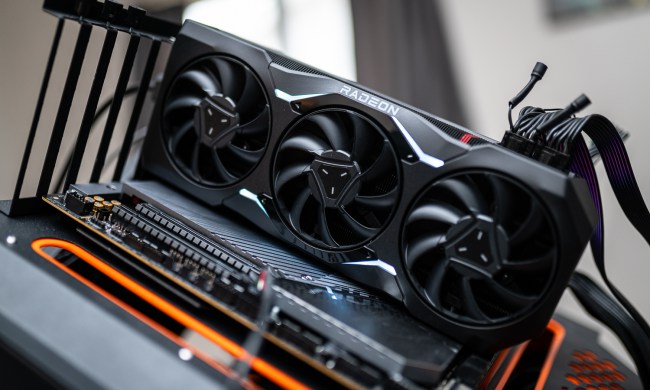
It took a long time, but AMD has just updated its FreeSync adaptive sync technology requirements, and it was a much-needed change. Previously, the base tier of FreeSync didn’t have any refresh rate requirements that monitors had to meet. Now, AMD didn’t just add a requirement, but it’s pretty massive — and that’s great news for the future of gaming monitors.
When AMD first introduced FreeSync in 2015, the vast majority of gamers and casual users alike were using a 60Hz monitor. While screens with higher refresh rates existed, they were a rarity. That’s no longer the case today, and almost all of the top monitors, regardless of their price, offer refresh rates of over 120Hz.
Displays with lower refresh rates are still being made and sold widely, but you can usually find an alternative that offers 144Hz or more, provided we’re not talking about massive 4K ultrawide monitors.
In its blog post, AMD notes the shift in the market that took place in the last nine years, and it announces the new requirements for FreeSync, FreeSync Premium, and FreeSync Premium Pro.
| Laptops | Monitors and TVs | |
| FreeSync | Max. refresh rate: 40-60Hz | < 3,440 Horizontal resolution: Max. refresh rate > 144Hz |
| FreeSync Premium | Max. refresh rate: > 120 Hz | < 3,440 Horizontal resolution: Max. refresh rate: > 200 Hz
> 3,440 Horizontal resolution: Max. refresh rate: > 120 Hz |
| FreeSync Premium Pro | The same as FreeSync Premium, plus AMD FreeSync HDR | The same as FreeSync Premium, plus AMD FreeSync HDR |
Let’s review the new requirements. For starters, the basic FreeSync asks for 40-60Hz variable refresh rates from laptops, but monitors with a horizontal resolution of fewer than 3440 pixels (so 1080p and 2K monitors) must now have a refresh rate of at least 144Hz or higher. This is a major improvement from before when FreeSync didn’t have a minimum refresh rate that monitors had to offer.
The midrange FreeSync Premium kicks things up a notch. Laptops must now have a refresh rate of at least 120Hz, while displays under 3,440 horizontal pixels need to offer over 200Hz. Meanwhile, high-resolution monitors, such as 4K or ultrawides, will need to have at least 120Hz in order to qualify. The final FreeSync Premium Pro has the same refresh rate spec as the previous tier but adds the requirement that the monitor needs to support AMD FreeSync HDR.
AMD’s new requirements are a good reflection of where monitors (especially gaming monitors) are at right now. It’s true that not everyone needs a 144Hz (or higher) display, but there’s almost no reason to buy one that has lower refresh rates unless it’s significantly cheaper.
While all those 60-75Hz monitors still have their place and will continue to be made, they will no longer receive FreeSync support, and that’s a good change.




